Vermes
Advanced Member level 4

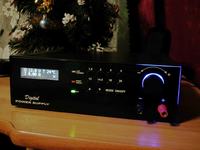
This power supply convenient way to control was improved with a rotary regulator with encoder. A single movement of the knob corresponds to the „up”, „down” buttons on the keyboard, while longer and faster turning switches to higher or lower voltage threshold with an amplitude corresponding to the buttons on the keyboard. Implementation of this part of the power supply may cause some troble becuse of the difficulty with connecting it to the processor.
All boards of the power supply were home made. They were protected with a layer of lacquer. Paths passing to the other side were linked by a thin wire through the holes. Pins that do not connect the circuit were not soldered. It would be difficult to solder out eventual broken elements.
There was an additional module applied with processor Attiny2313, connected to the board with the power supply processor.
Both the front panel and the rear panel were made in the laminate using milling machine.
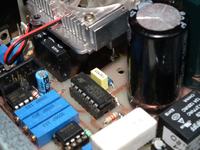
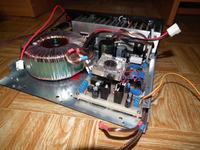
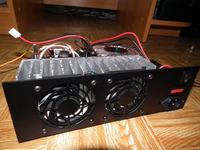
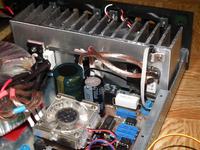
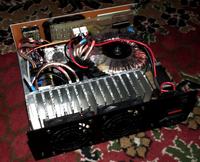
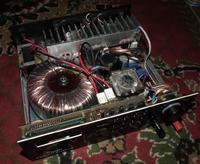
Link to original thread (useful attachment) – Zasilacz warsztatowy 0-25V, 0-5A

